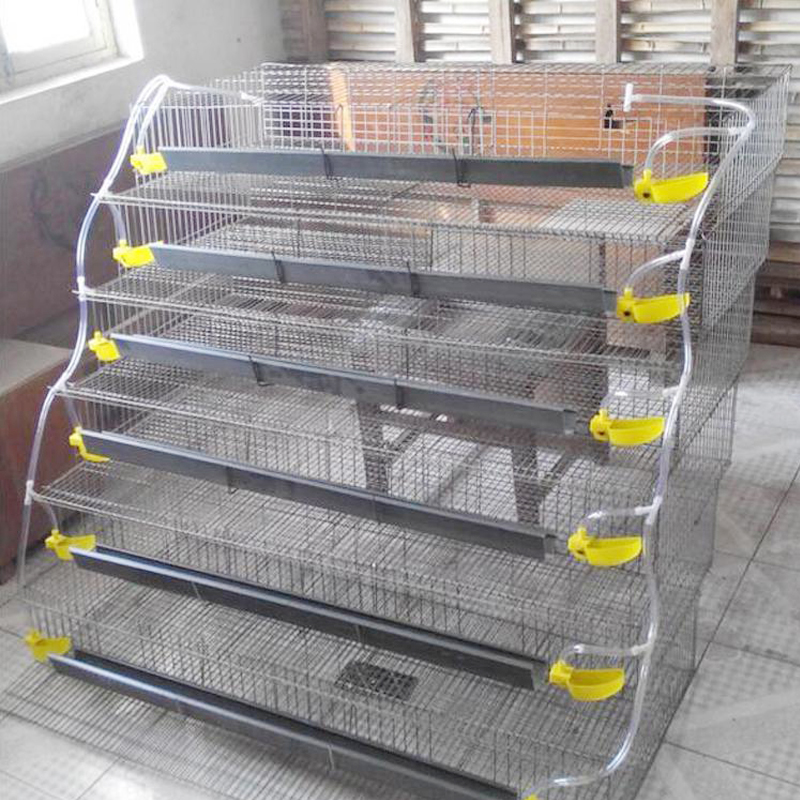The Essential Guide to Sheetrock Screws Everything You Need to Know
When it comes to construction and home improvement projects, the choice of fasteners plays a critical role in ensuring structural integrity and durability. Among these fasteners, Sheetrock screws have become a staple for attaching drywall or gypsum board to wooden or metal studs. This article delves into the various aspects of Sheetrock screws, including their types, sizes, and applications, providing you with a comprehensive guide to effectively using them in your projects.
What are Sheetrock Screws?
Sheetrock screws, often referred to as drywall screws, are specialized screws designed specifically for fastening drywall to a substrate. Unlike standard wood screws, these screws feature a sharp point for easy installation, along with a unique thread pattern that provides enhanced grip. Made typically from steel, Sheetrock screws come with a coating that helps prevent rusting, making them ideal for use in both residential and commercial settings.
Types of Sheetrock Screws
1. Coarse-thread Screws These screws are best suited for attaching drywall to wooden studs. Their thicker threads allow for a stronger grip in softer materials like wood, making installation simple and reliable.
2. Fine-thread Screws Designed primarily for use with metal studs, fine-thread screws feature thinner, closer-set threads that bite into metal, offering a strong hold without damaging the material.
3. Self-drilling Screws These screws come with a drill point that eliminates the need for pre-drilling, making them a time-efficient choice for both metal and wooden studs. They are particularly advantageous in commercial settings where speed is critical.
4. Bugle-head Screws The bugle head design allows for a flush finish against the drywall surface, which is essential for ensuring a smooth finish after taping and mudding. This type of head distributes the pressure evenly, reducing the risk of tearing the drywall paper.
Sizes and Lengths
sheetrock screws

Sheetrock screws are available in various sizes and lengths, typically ranging from 1 inch to 3 inches. For standard drywall installations, 1 1/4-inch screws are common when attaching to wooden studs, while 1 1/2-inch screws are often used for thicker drywall. In the case of metal studs, 1 1/4-inch fine-thread screws are generally adequate.
When selecting a screw length, it’s essential to account for the thickness of the drywall. A general rule is to choose a screw length that is 1/4 inch longer than the thickness of the drywall being used, providing enough grip in the underlying material without protruding excessively.
Installation Tips
To maximize the performance of Sheetrock screws, here are a few installation tips
- Use a Screw Gun A screw gun or a power drill with a clutch feature will help you drive screws consistently without overdriving them, which can lead to damage to the drywall.
- Space Your Screws Appropriately Follow local building codes or manufacturer recommendations regarding spacing. Typically, screws should be placed about 12 inches apart on the edges and 16 inches in the field of the drywall.
- Countersink Carefully Aim to drive the screw so the head is slightly recessed without breaking the paper surface of the drywall. This will ensure a smooth finish when you apply joint compound.
Conclusion
Understanding the different types of Sheetrock screws and their appropriate applications can significantly enhance the quality and durability of your drywall installations. Whether you're a seasoned contractor or a DIY enthusiast, choosing the right screw and using the proper technique can make all the difference in the success of your project. Armed with this knowledge, you can tackle your next drywall project with confidence and achieve professional-grade results.

















